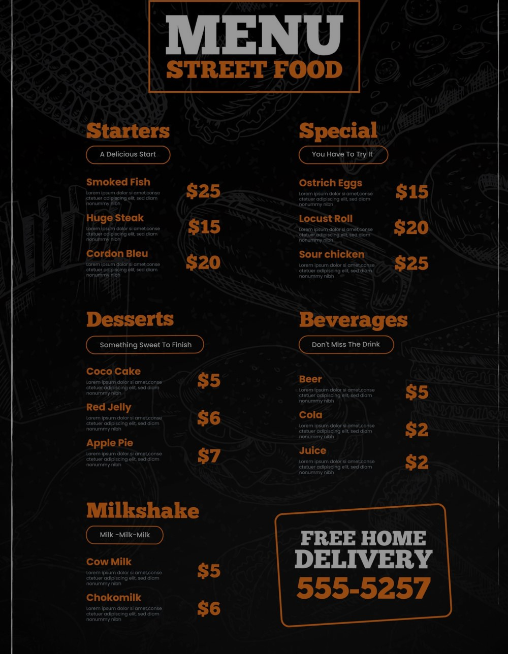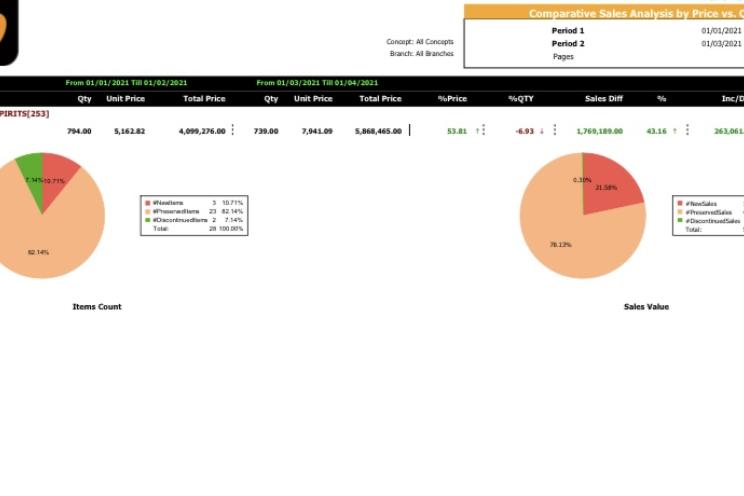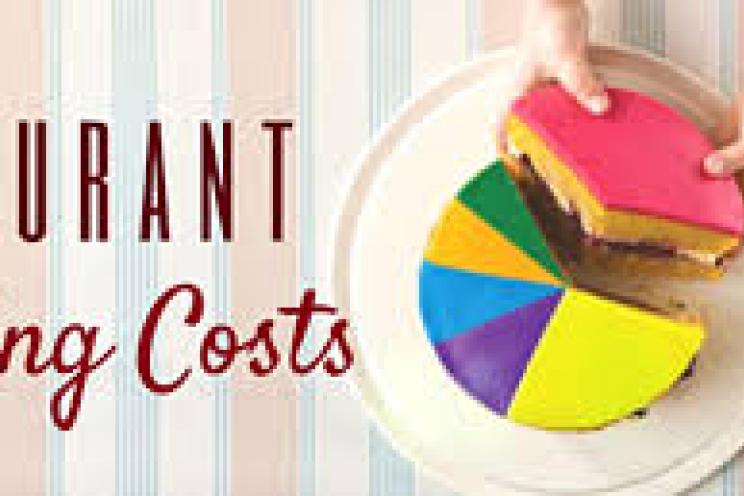
The key to a winning menu: profitability and popularity
Looking for ways to increase your profits and profitability is something normal especially after what the restaurant sector has endured for the last couple of years.
After everything going back to normal or at least to the new normal, restaurateurs are browsing more ways to bring in money to their businesses and investing in your menu is one of the most important ways to increase profits.
Of course, removing the currency sign is no longer the only way to increase customers’ spending.
Menu engineering is not a new concept in restaurants, but it’s definitely shaped differently with the immersion of technology and POS software various features.
Smartly designed menus are made in a way to manipulate customers’ choices driving them to choose more profitable platters. It doesn’t mean though that you can simply hypnotize customers to buy items of your choice. Things are far more complicated since you have to take into account their preferences.
Here is how profitability of each menu item and its popularity must go side by side.
How does menu engineering help you as a restaurant?
- Revise recipe portions or ingredients
- Eliminate poor performing items
- Monitor menu performance
- Highlight more profitable items
- Optimize your menu to make more money
You need to focus on two areas of operations to track menu profitability
Recipe cost
Sales
Recipe cost
Recipe costing is very important to budgeting and knowing your expenses and remember that every ingredient matters even seasoning including salt. Understanding the importance of knowing your recipe cost helps you with preparing less costly platters that are more fulfilling.
Usually, restaurants aim for a 20% to 30% food cost percentage.
So, if a green salad costs you $2.55 for the leafy greens and cucumber and $0.5 for the sauce, then its total cost is $3.
If the ideal food cost percentage is 23% then the salad price is:
3/0.23 = $13.
So, the salad price should be $13.
The cost of items varies a lot with currency fluctuations, increasing prices of raw materials by vendors so make sure to update your cost accordingly in a real time manner to avoid losses.
Things that you need to consider when your cost goes higher:
- Substitute ingredients in a way that doesn’t affect the dish like replacing green leafy vegetables with less costly ones or by seasonal leafy vegetables that should be less costly.
- Reduce portion size
- Increase sales price
Now that you are aware of your platters’ costs and food cost percentage and hence their profitability, it’s important to make sure that the most profitable ones are also the most popular using sales data.
Sales data
Since highlighting the most profitable items is not the only process of increasing profitability, you should check your sales data for each item to identify its popularity.
You’re lucky if your most profitable items are also popular and the only way to find out that is by checking sales reports generated from your POS software.
The items with high cost and low sales volumes aka dogs are your enemy and you should get rid of them while you can work on plow horses or puzzles to increase profitability and popularity.
Pairing profitability and popularity
Building a menu that is both popular and profitable is what will set you apart from competitors and optimize your operations.
This is not a last-minute task to do though. You should set a timeframe for monitoring and evaluating the performance of your current menu design and set a margin for your profits allowing certain cost fluctuations to protect you from constantly changing your prices.
Therefore, keep track of your inventory, cost of raw materials, changes in people’s preferences and tastes that affect popularity and bring your sales volume down.
Always consider swapping ingredients for less costly ones as well as promoting high profitable items.
The main goal here is not to survive hard times but flourish and grow your business for a long-term existence.
For more information on menu engineering and design, read this blog.





